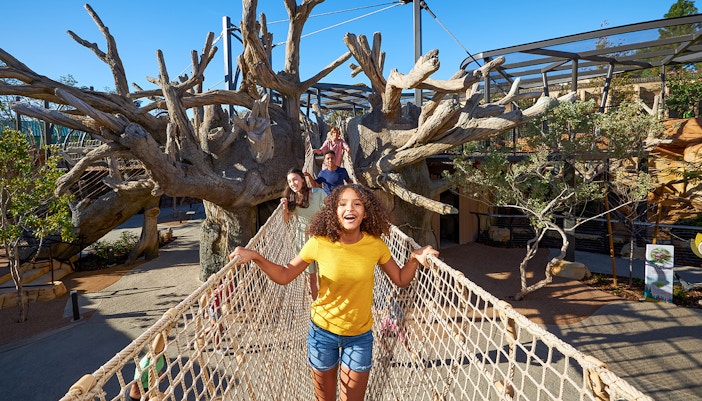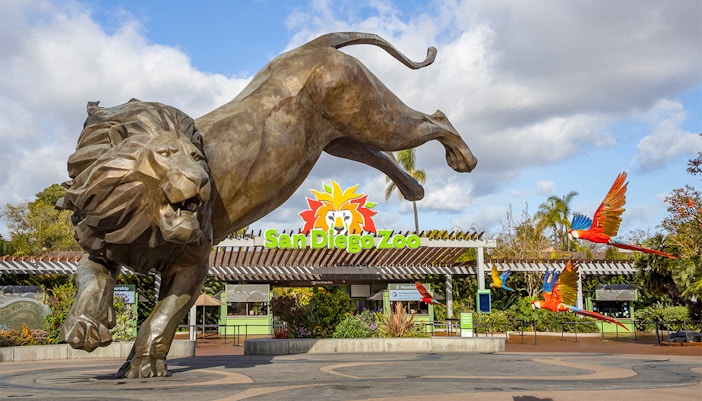Layout of the zoo
The San Diego Zoo covers 100 acres within Balboa Park and is divided into distinct themed areas like Africa Rocks, Lost Forest, Elephant Odyssey, and more, each designed to replicate natural habitats specific to the animals housed there. The zoo's layout includes both walking paths and transportation options, such as the Skyfari aerial tram, which offers views from above, and the Kangaroo Bus, a hop-on, hop-off bus that helps visitors navigate the park easily.
One of the key architectural features is the Bashor Bridge, a 450-foot structure connecting major parts of the zoo across a canyon, providing easier access to different sections while offering scenic views. The zoo’s design prioritizes both animal viewing experience and while recreating naturalistic enclosures using faux rock formations.













